Computer Programming: How to Develop this Skill at School
Voici l’édition du printemps 2022 du magazine EngagED Learning!
1re année, numéro 3.
(Aussi en français)
Cliquez sur une image pour l'agrandir!
Computer Programming: How to Develop this Skill at School
Voici l’édition du printemps 2022 du magazine EngagED Learning!
1re année, numéro 3.
32 pages couleurs, plus couverts
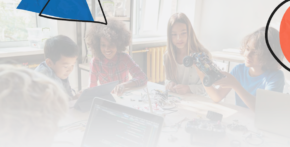
Although computer programming is being increasingly taught, there is no consensus on the best way to teach computer programming to students. One thing is certain: it represents a way to develop many dimensions of digital competency, such as content production, problem-solving, communication, creativity, and innovation.
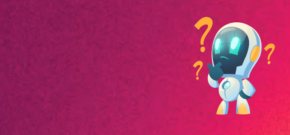
When it comes to computer programming, robotics is never far away. In fact, since programming can seem abstract when it is presented only on a screen, robotics brings the learning achieved in programming to life. Here are some suggestions on how to integrate robotics into the classroom.
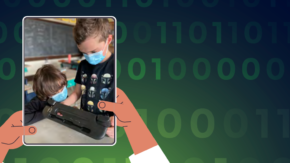
Since programming is now present in practically all human activities, it is safe to say that it is both a learning subject and a learning tool. Moreover, if we take a look at the various frameworks for digital competency published in school systems around the world in recent years, we quickly notice that programming is part of most, if not all of them.
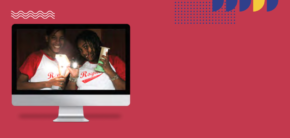
The Current Generation Project uses light poverty to teach curriculum from many disciplines beyond STEAM with the UN Sustainable Development Goals to inspire and empower students as young as Grade 5 to university. Here is why, and how.

The statistics speak for themselves: still very few girls are heading into careers in science, technology, engineering and mathematics (STEM). In order to reverse the trend, it would be necessary to focus on these challenges to promote better representation of women, and even greater cultural diversity.
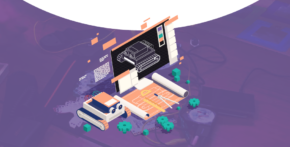
Makerspaces are exciting because they engage people in experiential learning and hands-on projects. They offer many opportunities to develop critical thinking, problem-solving, creativity, communication, and collaboration skills. Here are some suggestions on how to bring your class into a makerspace and make the best of it.

The use of serious games in the classroom, particularly Minecraft Education, enabled me to achieve this. In fact, using this game for educational purposes has helped students learn while being completely invested in discovering and experimenting in this environment.
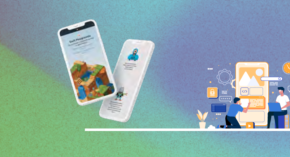
Although a growing number of schools are offering programming to students, most of the applications being used teach block programming. This approach helps students understand the logic behind programming and prevents certain challenges related to learning the programming language itself. Once the students have mastered the fundamentals, they can move forward and integrate textual programming. For this purpose, Swift Playgrounds can be used from grade 4 on.

Creating a Fun and Educational Video Game with Scratch encourages students to use creativity, to collaborate on projects, to develop technological skills, as well as to analyse and use critical judgement. They increase their digital literacy skills by interacting with various forms of media, software and technology.

Hands are popping up in the classroom. Some students are discouraged, others feel frustrated or incompetent. Debugging can be challenging both for students and for teachers.

Projects that integrate computer programming and robotics are undeniably perceived as levers to help students acquire multiple skills. They become useful tools for teachers’ professional development. But, like their students, they also require resources in order to fully engage in their learning.

Bursts of laughter. This is what first made me look up from the mountain of objects and papers piled up on my desk. Then, instead of doing my little cleaning routine while my students were having fun, I continued to watch them.
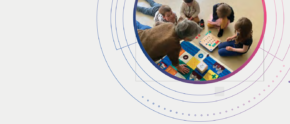
Many experts from the world of education have demonstrated through research that learning how to code is not just about using technology. Indeed, before turning on the computer, it might be a good idea to get out a sheet of paper and a pencil to get the students started.

Discover or re-discover various apps and sites ideas!
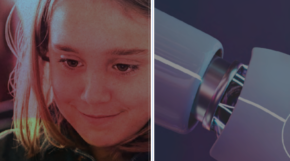
Phase 3 of the Cancode Program Has Begun / Support for Creative Laboratories in Maritime Schools.

Here are some examples of prototypes applications developed by young girls as part of the Technovation Montréal organization’s programs. The participants are all developing prototypes and some features can be used. Several of them have been recognized during Technovation’s international competition.
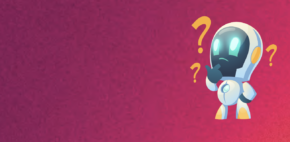
Description of Some Robots Available for Pedagogical Use, in alphabetical order, according to the list provided by the Centre d’acquisitions gouvernementales du Québec
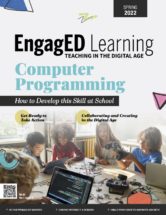
Additional References from EngagED Learning magazine, Volume 1 issue 3 (Spring 2022)
Publicité
ecolebranchee.com/devenez-annonceur
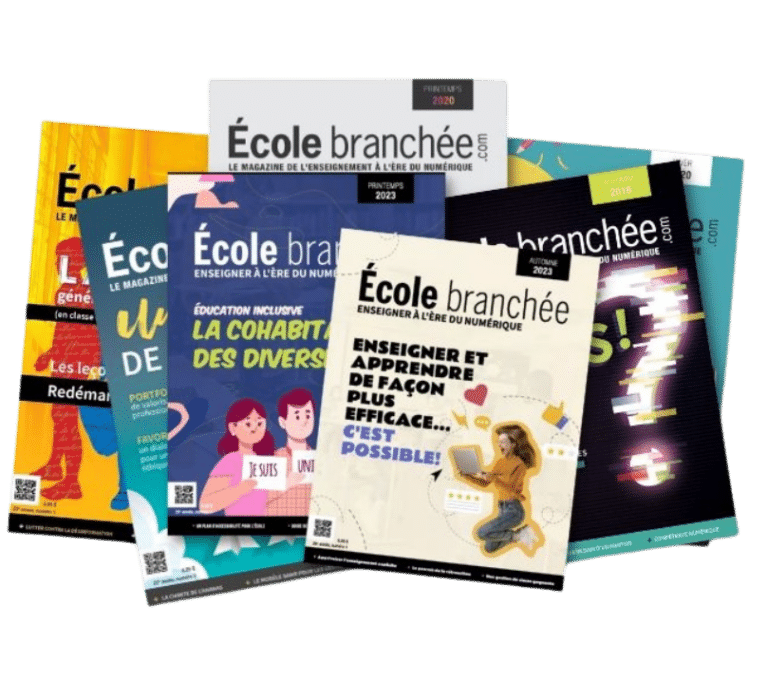
La revue École branchée s’adresse au personnel enseignant, conseiller(ère)s pédagogiques et directions d’établissements. Elle paraît en format imprimé et numérique. On peut s’y abonner personnellement ou choisir une avantageuse licence institutionnelle.
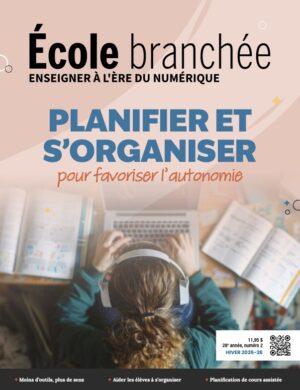
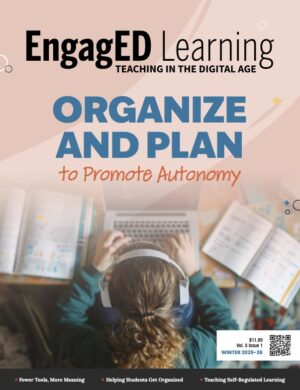
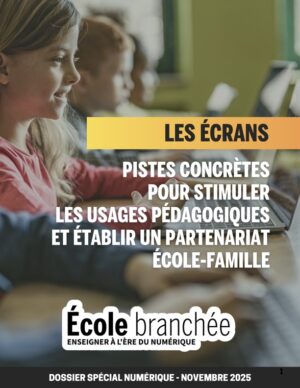

Pour vous offrir une expérience optimale, nous utilisons certaines technologies — dont les témoins (cookies) — afin de stocker et/ou d’accéder à des informations liées à votre utilisation du site. Votre consentement nous aide à mieux comprendre votre parcours de navigation et à améliorer nos contenus et services. Le refus ou le retrait de votre consentement pourrait toutefois limiter le fonctionnement de certaines fonctionnalités.